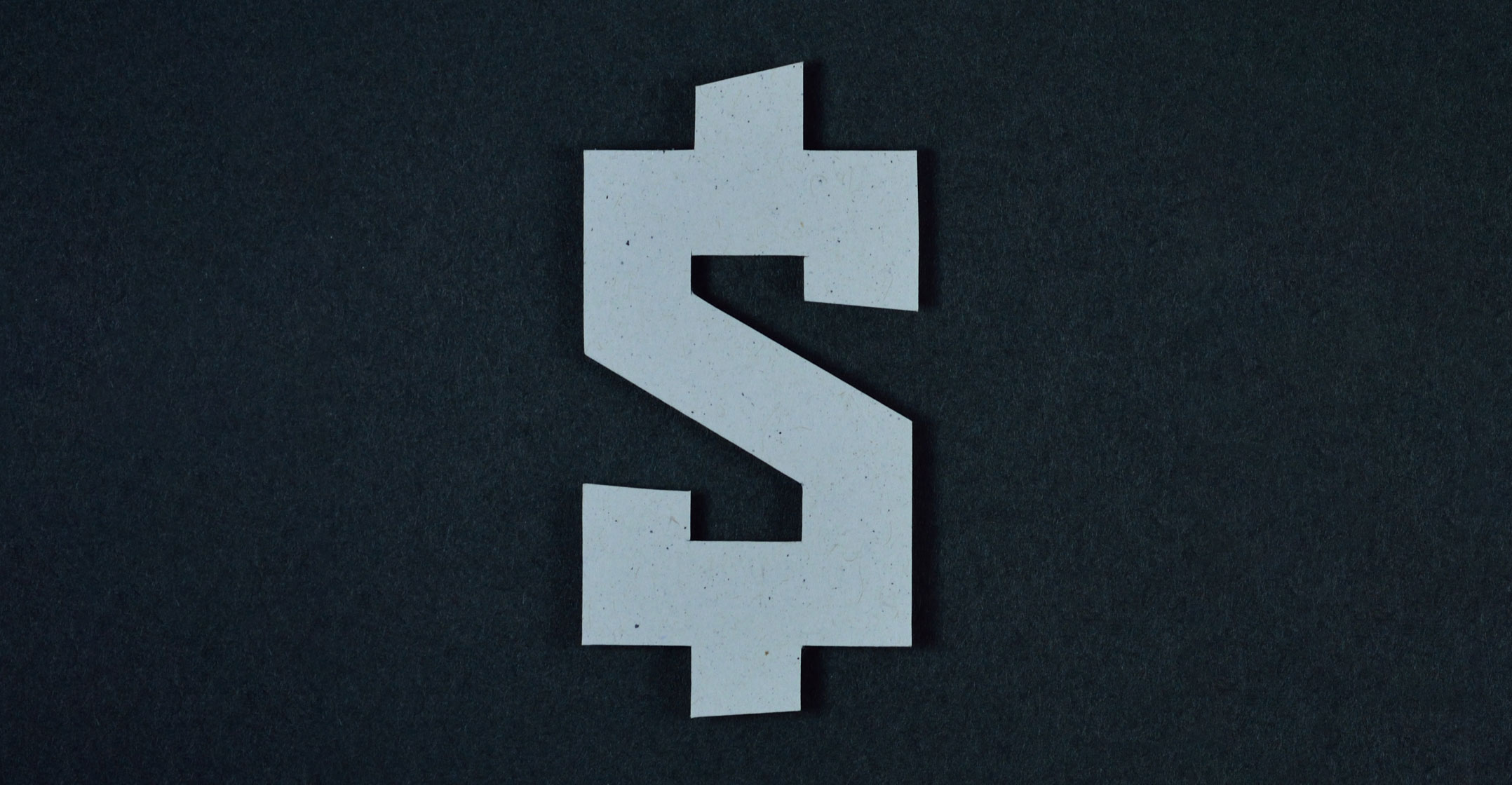The fallout from the failure of Silicon Valley Bank reached further into crypto, unhinging a key cog in the market that’s meant to be among the safest digital assets in the space.
The second largest stablecoin fell from its intended US$1 peg, trading as low as 81.5c as investors reacted to the exposure of issuer Circle Internet Financial to the collapsed bank.
USD coin, or USDC, is an asset-backed stablecoin and a widely used plank of crypto markets. The token is intended to hold a constant $1 value, fully backed by reserves of cash and short-dated US treasuries. But late on Friday, Circle disclosed that $3.3-billion of its roughly $40-billion stockpile of reserves is held with Silicon Valley Bank, which has just become one of the largest US bank failures in recent history.
Circle disclosed that $3.3-billion of its roughly $40-billion stockpile of reserves is held with Silicon Valley Bank
Regulators seized the bank on Friday and investors are awaiting more clarity on the return of deposits. In that vacuum, USDC fell below $1. Smaller stablecoins like DAI, which is sometimes viewed as a proxy for USDC, and Pax dollar also fell from their pegs. DAI is the fourth largest stablecoin by circulation.
“DAI is not a safe haven in this regard because a lot of it is collateralised by USDC directly,” Michael Egorov, founder of decentralised exchange Curve Finance, said in an e-mail.
USDC had a circulating supply of around 40 billion tokens as of Saturday morning in New York, CoinGecko data shows. A net $2-billion of USDC was redeemed in the past 24 hours, according to blockchain research firm Nansen. Data compiled by Bloomberg indicated USDC traded as low as 81.5c.
By contrast, top stablecoin tether has held firm at or above $1. While tether has previously faced scrutiny over its reserves, it said on Friday that it did not have any exposure to SVB.
Painful
Wider crypto markets are having a painful week and were on the back foot Saturday: bitcoin oscillated between gains and losses, while smaller tokens like solana and avalanche were in the red.
Circle’s chief strategy officer Dante Disparte described the fall of Silicon Valley Bank as a “black swan failure” in the US financial system, saying in a tweet that without a federal rescue plan there would be “broader implications for business, banking and entrepreneurs”.
Stablecoins like USDC are intended to hold a set value against another, highly liquid asset like the US dollar. They come in a variety of forms and some, like Circle’s, are underpinned by reserves of cash and bonds. Investors often park funds in stablecoins as they move between crypto trades.
As the selloff in USDC worsened on Friday night, US-based crypto exchange Coinbase Global said it would be “temporarily pausing” the conversion of USDC into US dollars during the weekend and would resume on Monday when banks open. “Your assets remain safe & available for on-chain sends,” the crypto exchange said in a tweet from an official account.
Despite the turmoil, some see Circle regaining its footing. “USDC is going to be okay. It is resilient and well managed, with a capital structure stronger than most banks,” Oliver von Landsberg-Sadie, co-founder of BCB Group, which runs a payment network for crypto companies, said in an e-mail.
In the meantime, the fall in USDC has had a knock-on effect on decentralised finance applications that let users trade, borrow and lend coins and that tend to rely heavily on trading pairs involving the stablecoin.
“Unless there’s a concrete bailout plan this weekend, I think markets will be ugly again next week,” said Teong Hng, CEO at crypto investment firm Satori Research, about the failure of SVB.
The crypto sector was already reeling from a prolonged rout that’s knocked $2-trillion off the value of digital assets since November 2021, precipitating a series of implosions such as the algorithmic terraUSD stablecoin, the Three Arrows Capital hedge fund and the FTX exchange.
The terraUSD token — known as UST — tried to use a mix of algorithms and trader incentives involving a sister token, Luna, to hold its value. The $60-billion wipeout of that system intensified global regulatory scrutiny of stablecoins.
“I think the market ‘panic-priced’ USDC like it priced USDT around the Luna collapse,” said Haohan Xu, CEO of Apifiny, an institutional trading platform. “It’s driven by Circle’s exposure at SVB plus Coinbase closing off its USDC convert function.”
Crypto firms including Binance and Gemini on Friday used Twitter to try to reassure their customers about any risks posed by the failed bank.
Changpeng Zhao, CEO at Binance, the largest digital-asset exchange, tweeted that the firm doesn’t have any exposure and its funds are safe. Paxos Trust, issuer of Pax dollar, and crypto exchange Gemini said they have no relationship with the bank, according to statements on their official Twitter accounts.
By contrast, bankrupt crypto lender BlockFi has about $227-million in an account at the failed bank, according to a court filing.


